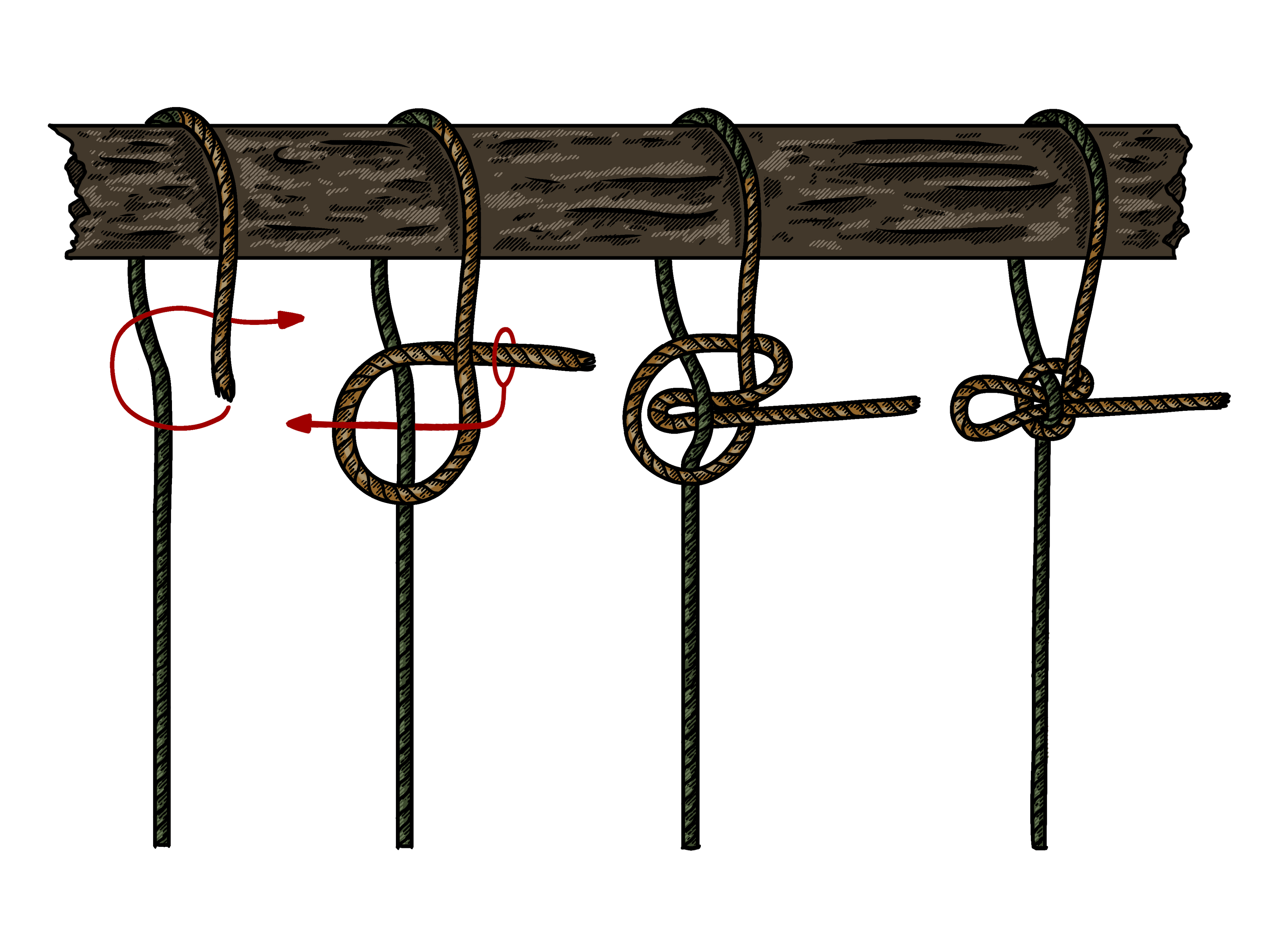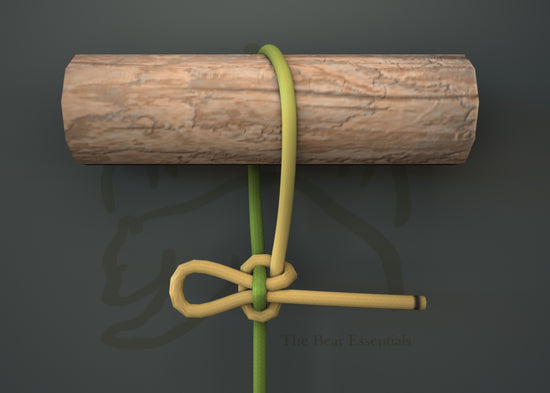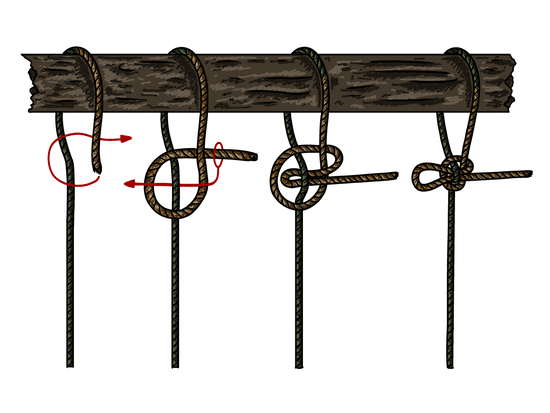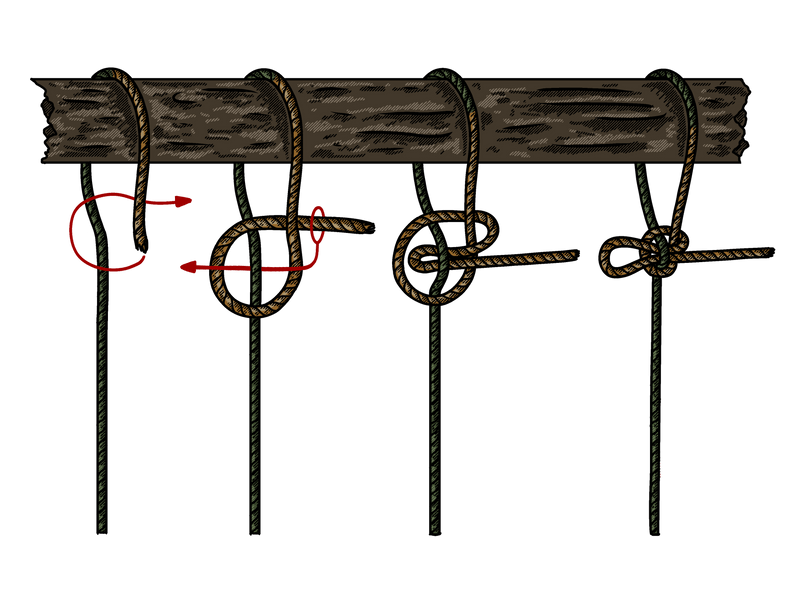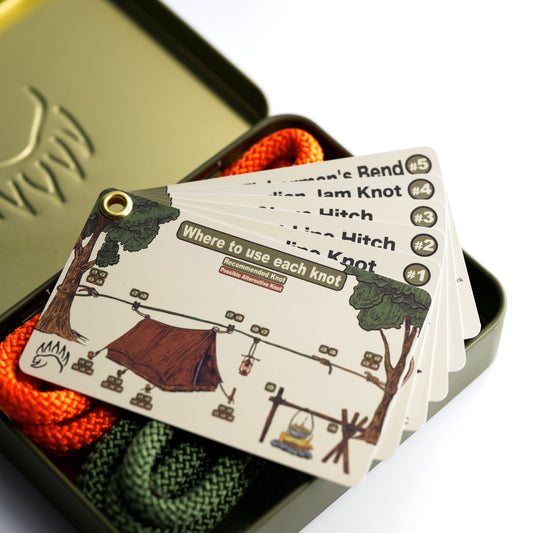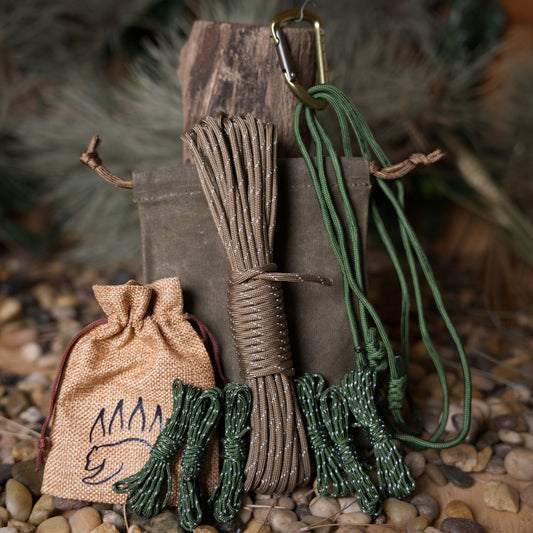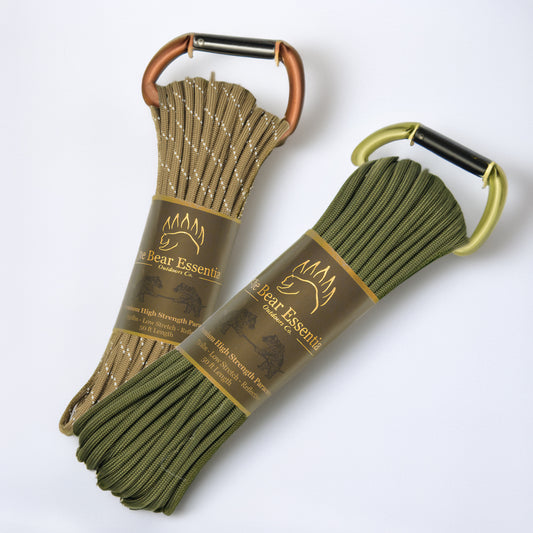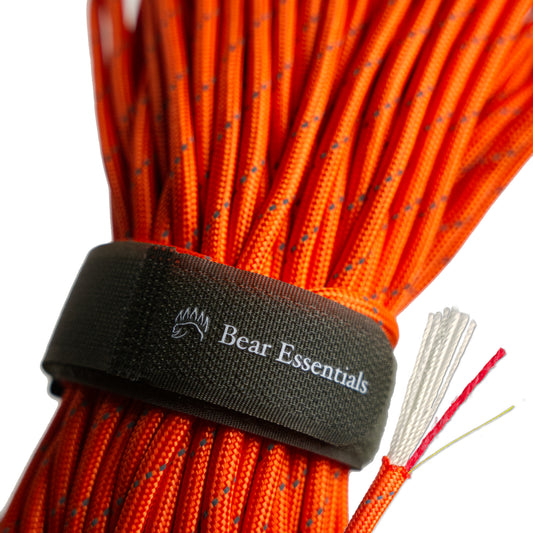How to Tie The Mooring Hitch
Usage
The Mooring Hitch is a classic quick-release knot used to temporarily secure a rope to a post, piling, or rail. It holds well under moderate load and can be released instantly with a single pull on the working end—making it ideal for boating, camping, and utility scenarios where both strength and speed are key.
Why Learn the Mooring Hitch?
Simple, fast, and effective, the Mooring Hitch is a go-to knot for temporary tie-offs. Its ability to release under tension is highly valued by boaters and campers alike. While it isn’t suitable for critical or long-term load-bearing, it excels in situations requiring quick access, adjustment, or departure.
Common Uses
- Boating/Marine: Temporarily securing small boats to docks or cleats. Quick tie-offs where fast release is required.
- Camping & Outdoors: Fastening tarps or shelters to stakes or poles. Adjustable anchors for temporary setups.
- Utility & Everyday Use: Tying down gear, loads, or equipment for short periods. Emergency use when a fast, adjustable knot is needed.
ABOK Number
(Ashley Book of Knots)
Other Names
Category
|
Notable Features
- Quick Release: Releases instantly with a tug on the free end.
- Holds Under Load: Secure when set correctly, even under moderate tension.
- Easy to Tie: Can be tied quickly and untied even faster.
Variations
- Slipped variation enhances its quick-release function by introducing a final slipped bight.
- Extra wraps or twists can be added for marginally more security.
Similar Knots
Highwayman’s Hitch
- Pros: Highly secure, fast-release design.
- Cons: Slightly more complex structure.
Slipped Buntline Hitch
- Pros: Excellent for quick release and strong hold.
- Cons: Harder to untie after heavy load.
Tumble Hitch
- Pros: More secure than the Mooring Hitch.
- Cons: Slightly harder to tie.
Siberian Hitch
- Pros: Stable under cold-weather use and gloves.
- Cons: Slightly more complex twist-and-slip tie method.
Slipped Clove Hitch
- Pros: Easy and fast to tie.
- Cons: Less secure under load than other quick-release hitches.
History
The Mooring Hitch has deep roots in maritime traditions, originally developed to temporarily fasten boats to docks or mooring posts. While its name appears inconsistently in early knotting literature, it gained formal recognition in the mid-20th century.
Clifford W. Ashley cataloged a version of the Mooring Hitch in The Ashley Book of Knots (#1791), describing it as a quick-release knot favored by boatmen. Hervey Garrett Smith’s The Arts of the Sailor (1954) further reinforced its popularity, noting its ability to release even under tension, a crucial feature for marine environments.
History Section Citation/Source:
- Ashley, C. W. (1944). The Ashley Book of Knots. Doubleday.
- Smith, H. G. (1954). The Arts of the Sailor. Van Nostrand Reinhold.
Security Level
The Mooring Hitch is secure enough for temporary use and excels in situations requiring rapid deployment and release. It’s not recommended for critical applications, as movement or entanglement of the tail can trigger premature release.
Downsides
- Prone to Accidental Release: The working end can snag and release unintentionally.
- Not for Long-Term Mooring: Should not be relied on for extended periods under load.
- Risk of Jamming: If pulled too tightly, can jam or cinch too firmly.
Structure
- Make a turn around a post or rail.
- Form a loop with the working end exiting inside the loop.
- Pull a bight of the standing line through the loop.
- Tuck a bight of the working end through the new loop (for slipped variation).
- Pull the standing part to tighten. To release, pull the working end.
FAQ
What is the Mooring Hitch used for?
It’s used for temporary tie-offs, especially in boating and camping situations.
Is the Mooring Hitch secure?
Yes, for short-term use, but should be avoided for critical or long-duration loads.
How do I untie the Mooring Hitch?
Simply pull the working end, and the knot will collapse instantly.
Can I use this hitch with slippery rope?
It works best with natural or textured lines. Synthetic ropes may cause slippage unless extra wraps are added.
Important Notes on Safety
Quick-release knots like the Mooring Hitch are extremely convenient but must be used with caution. Avoid using them in climbing, rappelling, or critical load-bearing situations, where unintentional release can lead to danger. For higher security, consider the 081 Tumble Hitch or 089 Slipped Buntline Hitch.
